This “Limited Edition” Blu-ray from Radiance Films is currently available for purchase.
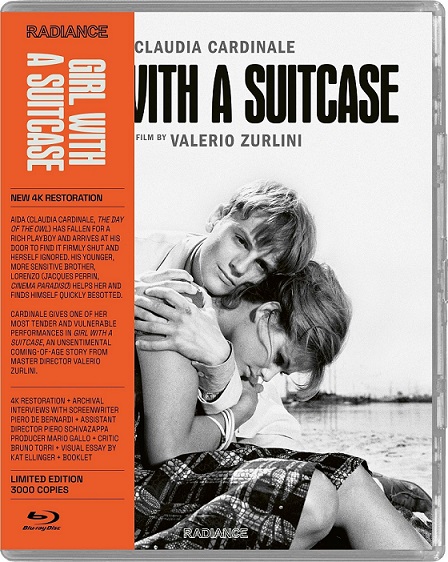
Italian film director Valerio Zurlini is one of those artists who seemed to slip between the cracks during his time in the industry. Following the neo-realism movement, many filmmakers rose to prominence with their new brand of art films, often being divided as New Italian cinema. Among them, Federico Fellini and Pier Paolo Pasolini. Zurlini was friendly with all these individuals and there are neo-realism elements in his pictures, but essentially didn’t join any specific movement and instead, well, did his own thing.
Critics of the period didn’t care for his material, often because it didn’t follow New Italian cinema trends and yet still resonated with the public. To them, the movies seemed slight in comparison with the work of his contemporaries. But to today’s reviewers, the themes and ideas in his pictures are clear and exceptionally delivered. Simply put, they’re great movies that deserved to be acclaimed.
Radiance Films is presenting one of those movies as a “Limited Edition” Blu-ray of 3000 copies. Girl with a Suitcase is that title, one that was moderately successful in its homeland but has since grown in acclaim. First off, the black and white image on display is stunning on this release. It comes from a 4K restoration of the original camera negative that was provided by Cineteca di Bologna. This is a beautifully shot movie that allows its lead actress to shine. The disc also includes some enlightening extras, and anyone interesting in Italian cinema would be well-advised to pick it up.
The film opens with a wealthy playboy Piero (Gian Maria Volonté) arriving at a garage and claiming to his musician girlfriend Aida (Claudia Cardinale) that he’s having car trouble. He sends her across the street to grab a drink, and then drives off, leaving only her suitcase behind. The dumped, angry Aida decides to pursue her old boyfriend to his home in order to confront him. Piero tells his 16-year-old brother Lorenzo (Jacques Perrin) to get rid of the young woman. He teen tries, but is charmed by the woman and wants to help her. He ends up forming a friendship and possible romance, offering assistance whenever he can.
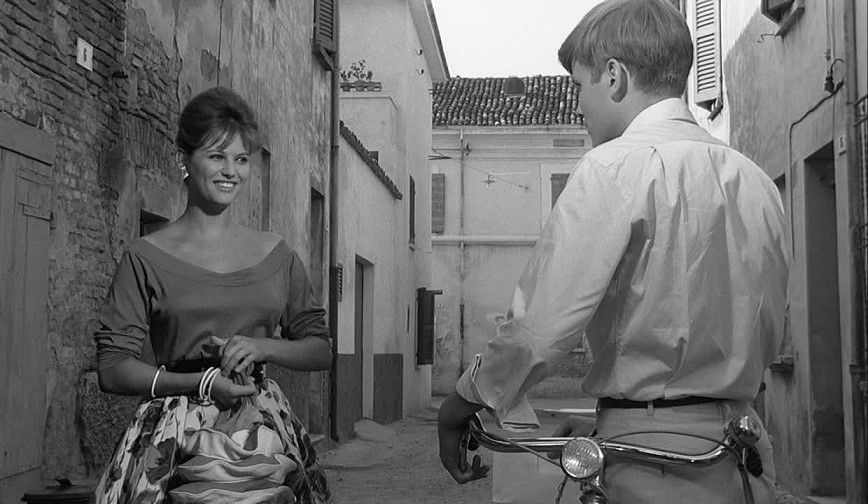
However, Aida subtly attempts to keep him at a distance, noting that she has an illegitimate child at a summer camp and she’s just trying to survive. In fact, her life now involves trying to a find and charm a suitable man. Lorenzo watches her date and interact with various man who, like his brother, try to take advantage of her and treat her poorly. He even gets jealous, acting out himself. As the story progresses, it becomes clear that Lorenzo’s desire for Aida can’t lead anywhere permanent as they both ponder what to do next.
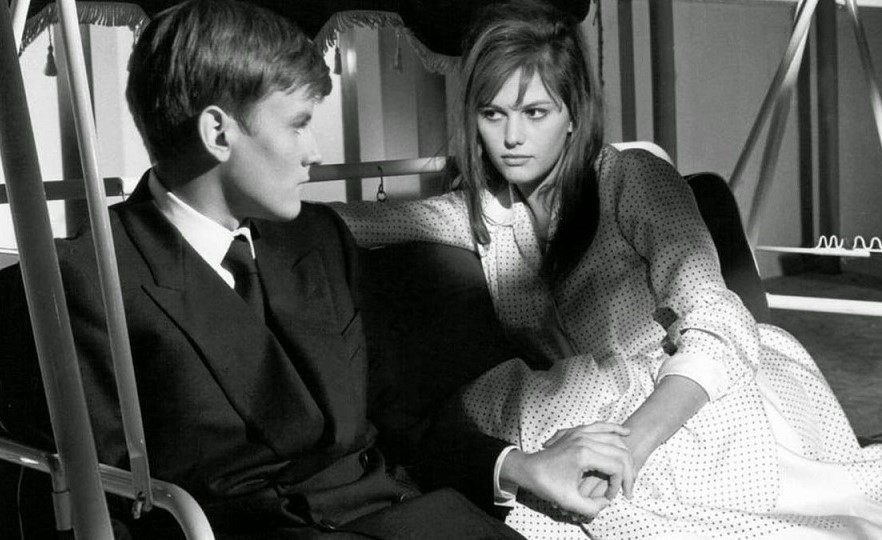
As mentioned, this is an excellent drama about a crush that features two charismatic leads. The film and locations are beautifully lensed. Both individuals are flawed, like real people, and so the story feels authentic and definitely seems in part inspired by the neo-realism movement. However, there are beautiful seaside images and shots of Aida that are far from gritty. In fact (and as one of the critics on the extra features notes), on several occasions the director shoots Aida from a perspective close to Lorenzo, spectacularly lit as she moves through the frame towards him.
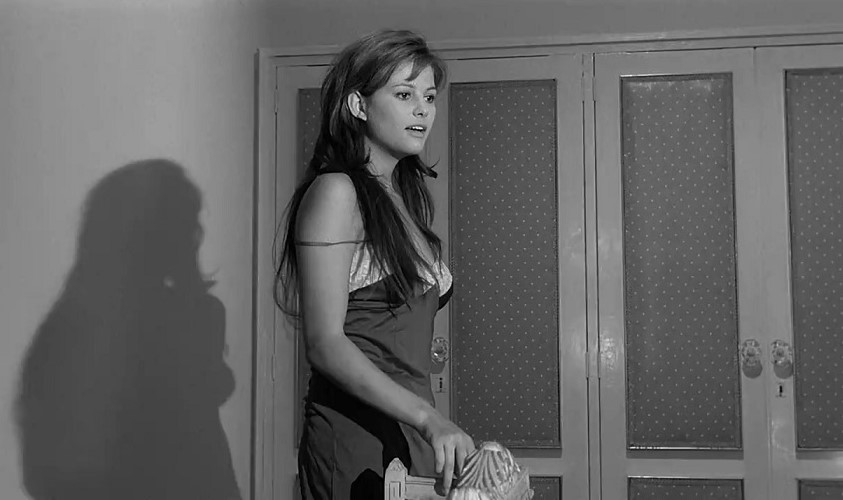
The as the story gets messier and Lorenzo becomes jealous, there is plenty of tension. It’s clear that the teen has no idea how to handle himself when he becomes incensed that other men appear to be trying to take advantage of the woman that he has a crush on. At times, his behavior is appropriately childish, and its very well-handled. The climax, which contains an awkward physical confrontation that doesn’t go smoothly for anyone involved, is another example of how this drama feels realistic. And the downbeat close, which shows that the innocent lead isn’t really all that different from the men he is attempting to protect Aida from, is subtly powerful.
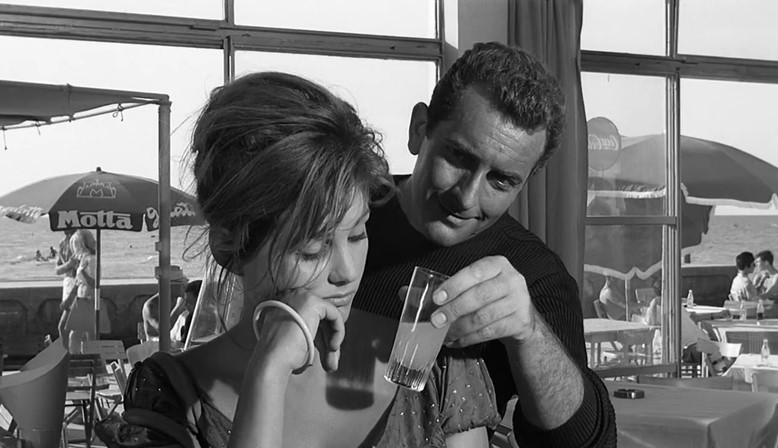
It’s an excellent movie with great performances. Strangely enough, Cardinale’s voice was dubbed for this picture, although since the dialogue is spoken in Italian, it’s not overly noticeable. Everything here works spectacularly and its compelling from beginning to end.
Extras on this release include a 2006 interview with the movie’s assistant director, who caught a big break with Zurlini after expressing his desire to work in film. Zurlini wasn’t able to use him on his current project, but called him up for Girl with a Suitcase because the story was set near the AD’s hometown. The speaker talks about helping him find the right locations, then being hired to work on the picture as assistant director and continuing to work on several projects with him. He has stories about the cast and crew too. The interviewee refers to the filmmaker as high energy but very focused on character and, while occasionally moody (he notes that almost none of his films have happy endings), enjoyable to work with.
There is also a 2006 discussion with the screenwriter (who is really lounging in his seat). He talks about his relationship with Zurlini and many other filmmakers whom he worked with during this era. He also notes that when Cardinale read the script, she thought she was exactly like the character and fought for the role, eventually nabbing it. Essentially, the parts were tailor-made for these performers, which helped the movie tremendously.
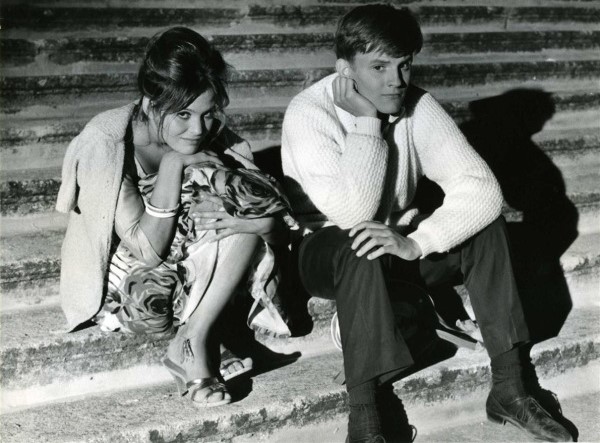
Additionally, you can watch a discussion with a film critic going over Zurlini’s life and career. He gets specific about the themes in Zurlini’s works, often focusing on the emotional states of characters as they go through adolescence and doomed romances. The expert notes how many members of the press didn’t like his straight-forward approach, and notes that the director did make beautiful movies, they just weren’t as flashy as others of the period. Again, he explains that Zurlini wanted to communicate his ideas with audiences rather than befuddle them and leave them trying to figure out what it all meant. Today, it seems that many of Zurlini’s works, including this picture, 1959’s Violent Summer, Family Diary from 1962 and 1976’s The Desert of the Titans are considered classics.
And there is an excellent video essay on the movie that goes over the movie and how the filmmaker presents female characters. She considers the film ahead of its time, and think it effectively shows some of the negative qualities of its male leads and how, even the teenage boy, despite his best efforts, ultimately starts acting towards females in a similar manner. Her points, as expected, are sharp and well-argued.
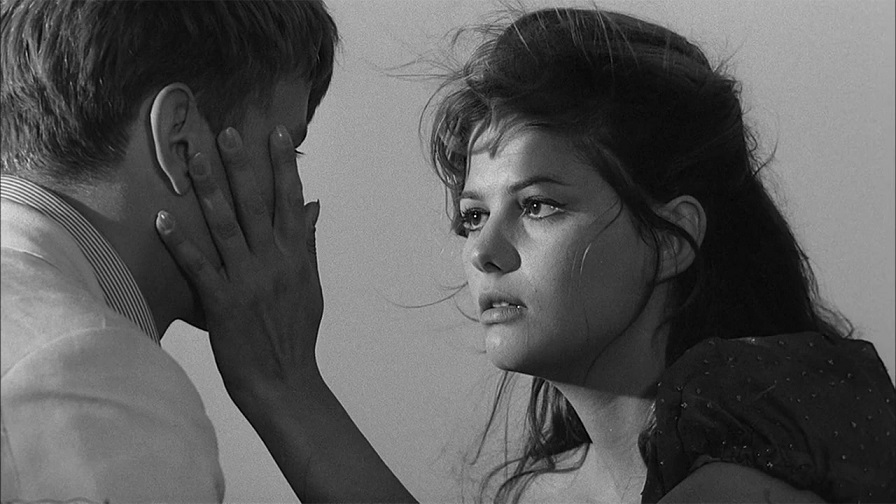
The Girl with a Suitcase is one of those lost titles (at least, in this part of the world) that Radiance Films specializes in discovering and bringing to a larger, worldwide market. It’s a wonderful little movie that does show how challenging young romance can be and identifies expectations, social norms and how different genders act in different kinds of relationships.
Also taking into account the impressive image quality, this is a great Blu-ray and well worth picking up.


